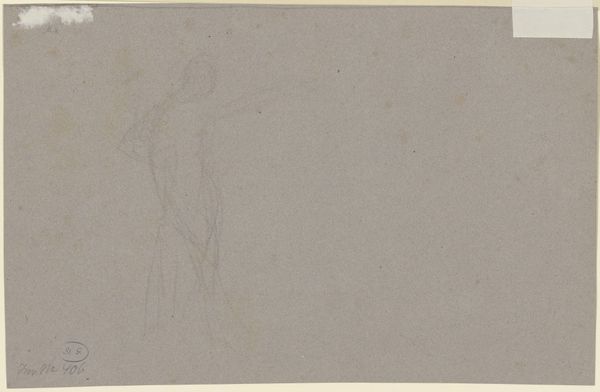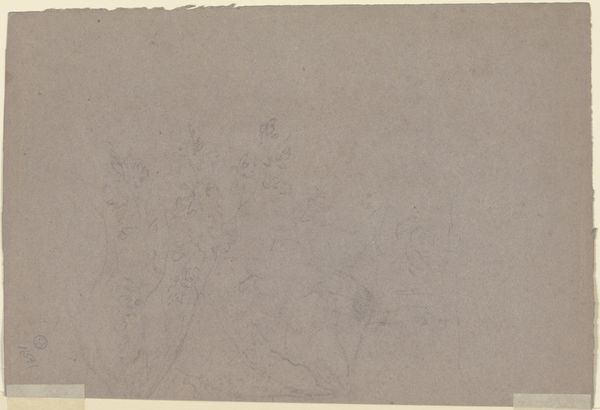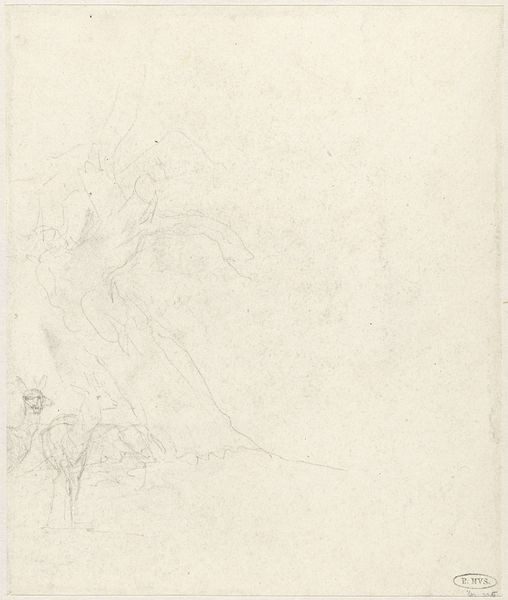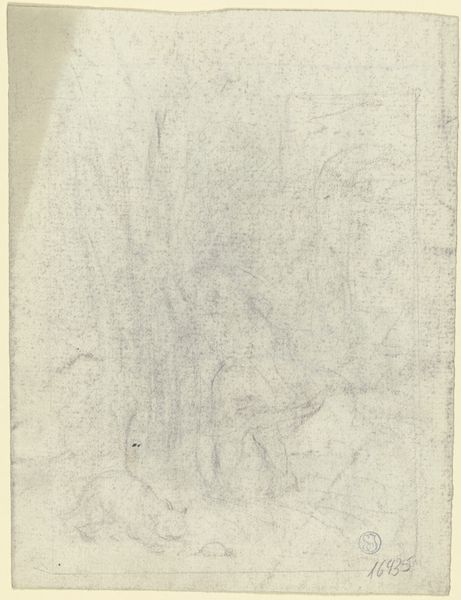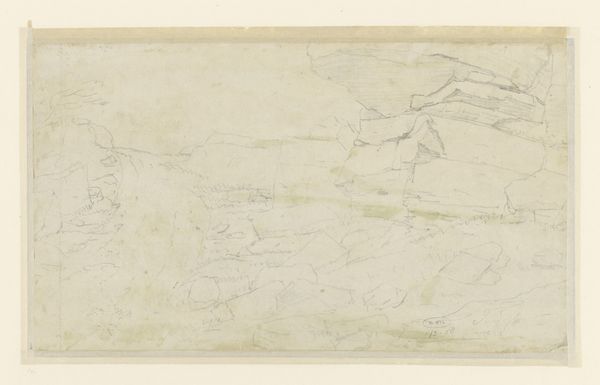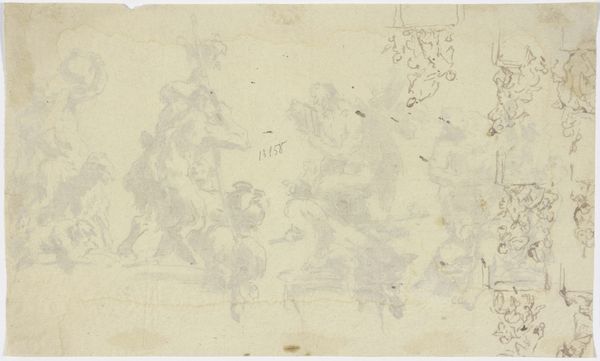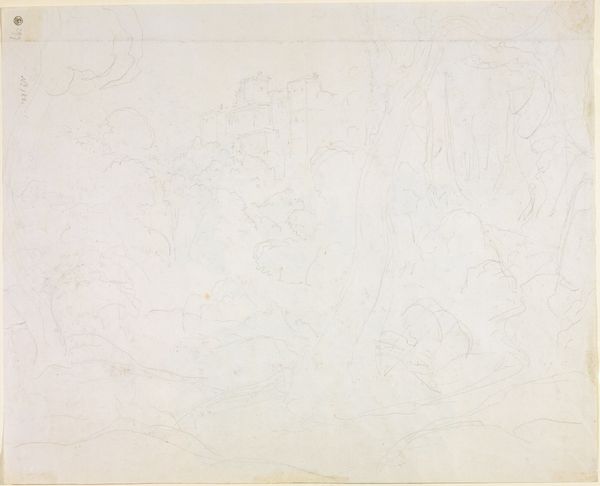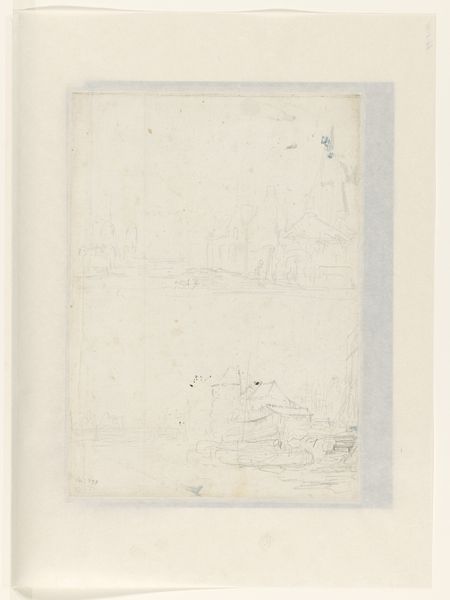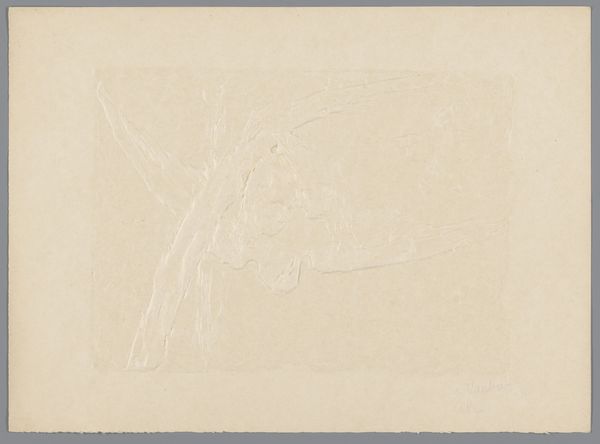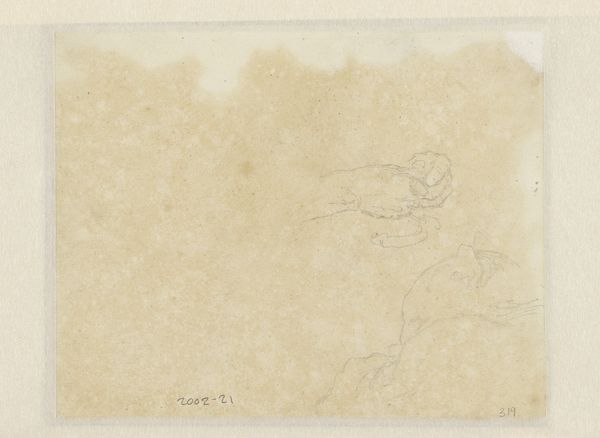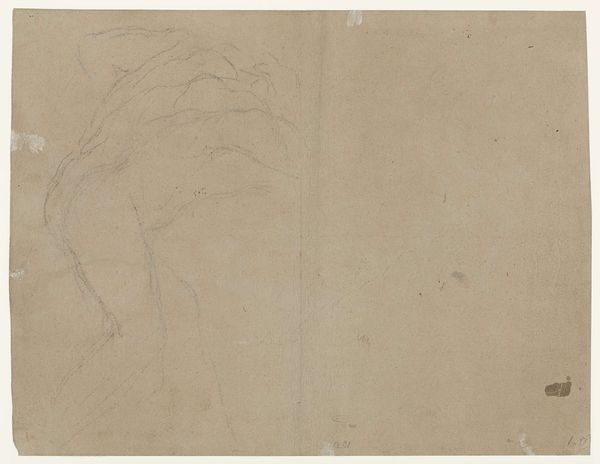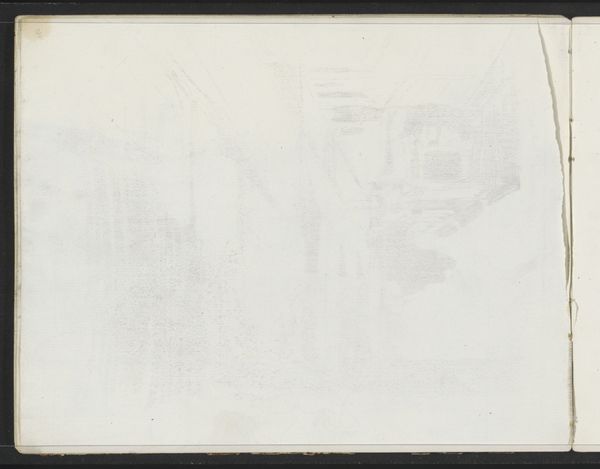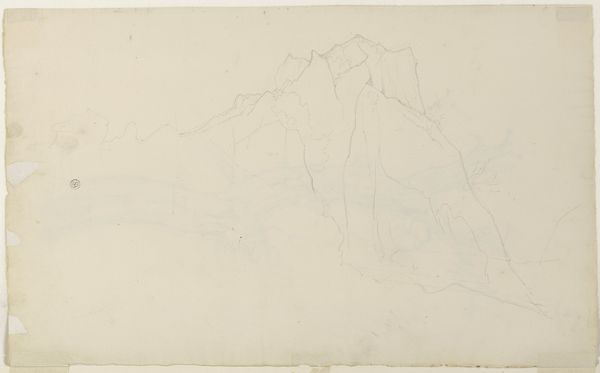
drawing, paper, pencil
#
drawing
#
baroque
#
figuration
#
paper
#
pencil
#
genre-painting
#
nude
Dimensions: height 135 mm, width 162 mm
Copyright: Rijks Museum: Open Domain
Editor: This drawing, "Twee figuren," or "Two Figures" by Matthijs Balen, was created sometime between 1694 and 1766, rendered in pencil on paper. The lines are so delicate; it almost feels ephemeral. What's your take on this piece? Curator: Considering the historical context, it's interesting to observe the material conditions of artistic production in 18th-century Europe. Paper, pencil—seemingly simple. But who had access to these materials? Was this drawing a commissioned piece, a study for something grander, or an independent work driven by the artist's exploration? The pencil strokes themselves—they reflect a certain labor, a physicality of the hand. Editor: That makes me think, too, about the "nude" tag. Who were these figures? And for whom were they being drawn? Curator: Exactly. The act of depicting the nude wasn’t neutral. Consider the societal gaze, the patrons, the consumption of these images. How does the "genre-painting" tag interact with that? Is it domestic, a scene of everyday life, or something more allegorical? Editor: So, by looking at the materials, we can start to unravel the story of its creation and reception? Curator: Precisely. The availability of materials shapes artistic expression, reflecting power dynamics and cultural values. Look closer – consider the type of paper used. Was it mass-produced, impacting accessibility for other potential artists, or handcrafted? Details in production provide clues about its historical impact on society and art practices. Editor: That’s a totally different lens than I usually use to appreciate art, but I’m finding it really intriguing! Curator: Hopefully this perspective, while challenging, allows us a deeper engagement. It grounds art in reality, exposing systems of labour, production and economic consumption.
Comments
No comments
Be the first to comment and join the conversation on the ultimate creative platform.
